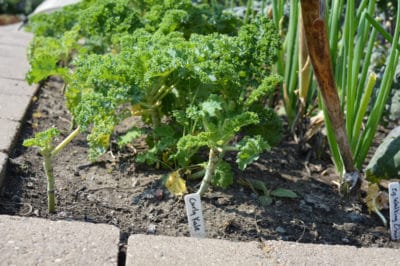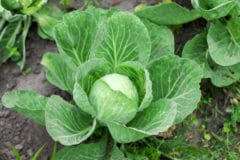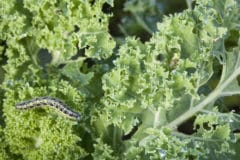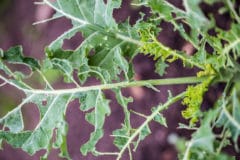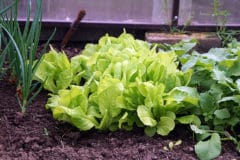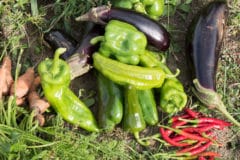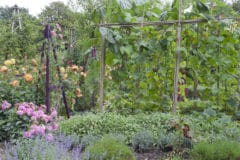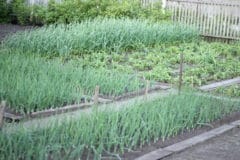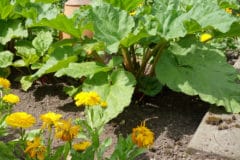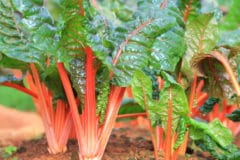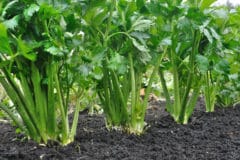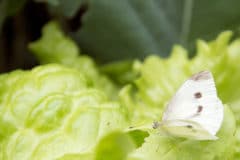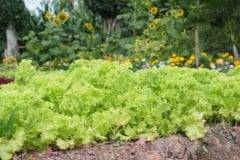What to Look for When Choosing Companion Plants for Kale
In general, companion plants will have the same soil, light, moisture, and temperature requirements as kale.
Soil Requirements
Kale prefers loamy (sandy) soil.
Moisture Requirements
Choose an area that drains well on the surface but that retains some moisture beginning at about one inch below the soil surface. Avoid planting kale and its companion plants in areas where the soil remains muddy or where water forms puddles.
Light Requirements
Kale likes full to partial sun. Because kale can be planted early and harvested late, choose a sunny spot that will provide some warmth in the spring and fall, but a partly shaded area for summer.
Temperature Requirements
Cool temperatures suit kale best. The heat of summer causes kale’s leaves to become tough and bitter. Massaging the leaves restores some of kale’s sweet taste, but for summer harvesting, reserve a cool, partly shaded area for planting kale with some of its companions.
Vegetables to Plant Close to Kale
The vegetables that have a beneficial relationship with kale include:
- Artichokes
- Beets
- Celery
- Cucumber
- Lettuce
- Onions
- Peas
- Potatoes
- Radishes
- Spinach
Herbs to Plant Close to Kale
Kale leaves can be used to flavor soups and other dishes, so it makes sense to include it in an herb garden. These herbs will welcome kale into their midst:
- Basil
- Dill
- Chamomile
- Garlic
- Hyssop
- Mint
- Rosemary
- Sage
- Thyme
Companion Plants That Provide Pest Control
Aphids, flea beetles, cutworms, and the caterpillars of the imported cabbage white moth, the diamondback moth, and the cabbage looper moth all love feasting on kale. In fact, cutworms are the caterpillar form of some of the various dark-winged moths that appear at dusk. These plants either lure the moths, aphids, and flea beetles away from kale or naturally repel the moths or the aphids, flea beetles, and caterpillars.
- Basil — repels flea beetles
- Bittercress — a member of the mustard family also called rocketcress and winter cress lures the imported cabbage white moth and the diamondback moth away from kale
- Catnip — repels flea beetles
- Mustard — lures the imported cabbage white moth, the imported cabbage white caterpillar, and the diamondback moth away from kale
- Nasturtiums — lure flea beetles and aphids away from kale
- Radishes — lure flea beetles away from kale
Keep the plants that repel pests close to your kale, but plant the lures a bit farther away. You want the pests to find the lures, but you don’t want them so close that the pests can easily enjoy both.
Plants That Kale Prefers to Avoid
These plants leave kale indisposed and are not welcome in kale’s garden neighborhood:
- Grapes
- Rue
- Tomatoes
Planting Shrubs and Short Trees Near Your Garden
Fireflies prey on cutworms. You can attract them to your garden by planting shrubs and short trees to give them a place to rest during the day. However, avoid creating too much brush that would provide a protected place for the moths and flea beetles to spend the winter. Keep any shrubs well-trimmed so that air can flow among the branches. It’s not only bad for wintering pests but also healthy for the shrubs.
